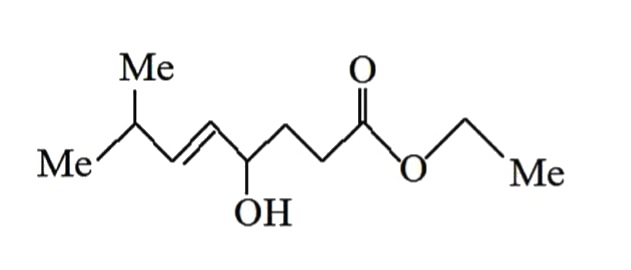Synergids have special cellular thickening at micropylar tip. Write the name and function of this structure
Step-by-Step Solution:
1. Identify the Structure: The special cellular thickening at the micropylar tip of the synergids is known as the filiform apparatus.
2. Describe the Location: The filiform apparatus is located at the micropylar end of the embryo sac, which is the female gametophyte in flowering plants.
3. State the Function: The primary function of the filiform apparatus is to guide the pollen tube into the synergids during fertilization. It plays a crucial role in ensuring that the pollen tube successfully enters the embryo sac.
4. Explain the Process: When the pollen tube reaches the embryo sac, the filiform apparatus helps facilitate the entry of the pollen tube, allowing the two male gametes contained within the pollen tube to reach the egg cell for fertilization.
Final Answer: The special cellular thickening at the micropylar tip of the synergids is called the filiform apparatus, and its function is to guide the pollen tube into the synergids during the process of fertilization.
---
Topper's Solved these Questions
- SEXUAL REPRODUCTION IN FLOWERING PLANTSBook:MODERN PUBLICATIONChapter:SEXUAL REPRODUCTION IN FLOWERING PLANTSExercise:Revison Exercises (VI. Long Answer Type Questions)
Explore 25 Videos
- SEXUAL REPRODUCTION IN FLOWERING PLANTSBook:MODERN PUBLICATIONChapter:SEXUAL REPRODUCTION IN FLOWERING PLANTSExercise:Competition File (Objective Type Questions (MCQ))
Explore 89 Videos
- SEXUAL REPRODUCTION IN FLOWERING PLANTSBook:MODERN PUBLICATIONChapter:SEXUAL REPRODUCTION IN FLOWERING PLANTSExercise:Revison Exercises (B. (Questions From Cbse Board Examinations)
Explore 19 Videos
- REPRODUCTIVE HEALTH Book:MODERN PUBLICATIONChapter:REPRODUCTIVE HEALTH Exercise:CHAPTER PRACTICE TEST (SECTION D (LONG ANSWER QUESTION))
Explore 2 Videos
- STRATEGIES FOR ENHANCEMENT IN FOOD PRODUCTIONBook:MODERN PUBLICATIONChapter:STRATEGIES FOR ENHANCEMENT IN FOOD PRODUCTIONExercise:CHAPTER PRACTICE TEST
Explore 15 Videos
Similar Questions
Knowledge Check
A: filiform apparauts guides the pollen tube into the synergids
R: It is special cellular thickening at microplylar tip to secrete chemotorpic stimulusAif both assetion A reason are ture and the reason is the correct explanation of the assertion then markBif both assertion & reason are ture and the reason is not the correct explanation of the assertin then markCif assertion is true statement but reason is false then markDif both assertion and reason are flase statements then markFind one word for the The following statements and choose the correct option.
(i) Residual, persistent nucellus in seed -A
(ii) Microspores arranged in a cluster of four cells - B
(iii) Special cellular thickening at the micropylar end of emrbyo sac - C
(iv) Development of seeds without fertilization - DAA - Perisperm, B - Megaspore tetradBC - Filiform apparatus, D - ApomixisCA - Endosperm, C - MicropyleDB - Microspore tetrad, B - AmphimixisSpecial cellular thickenings are observed at the micropylar end of the synergids. Identify the option which correctly identifies these structures and their function.
AFiliform apparatus - helps in the guidance of the pollen tube into the synergidBegg apparatus - forms the mature, 8- nucleate and 7-celled, angiospermic embryo sacCantipodal cells - provision of nourishment to the egg apparatusDcentral cell - characterizes the female gametophyte and allows the initiation of double fertilization as required
Write IUPAC names of the following structures

View SolutionWrite the IUPAC name of the structural formulae.
HCOOH
View SolutionWrite the name and structure of the monomers of Buna-N.
View SolutionName the structure and functional unit of life.
View SolutionFind one word for the The following statements and choose the correct option.
(i) Residual, persistent nucellus in seed -A
(ii) Microspores arranged in a cluster of four cells - B
(iii) Special cellular thickening at the micropylar end of emrbyo sac - C
(iv) Development of seeds without fertilization - D
View Solution
